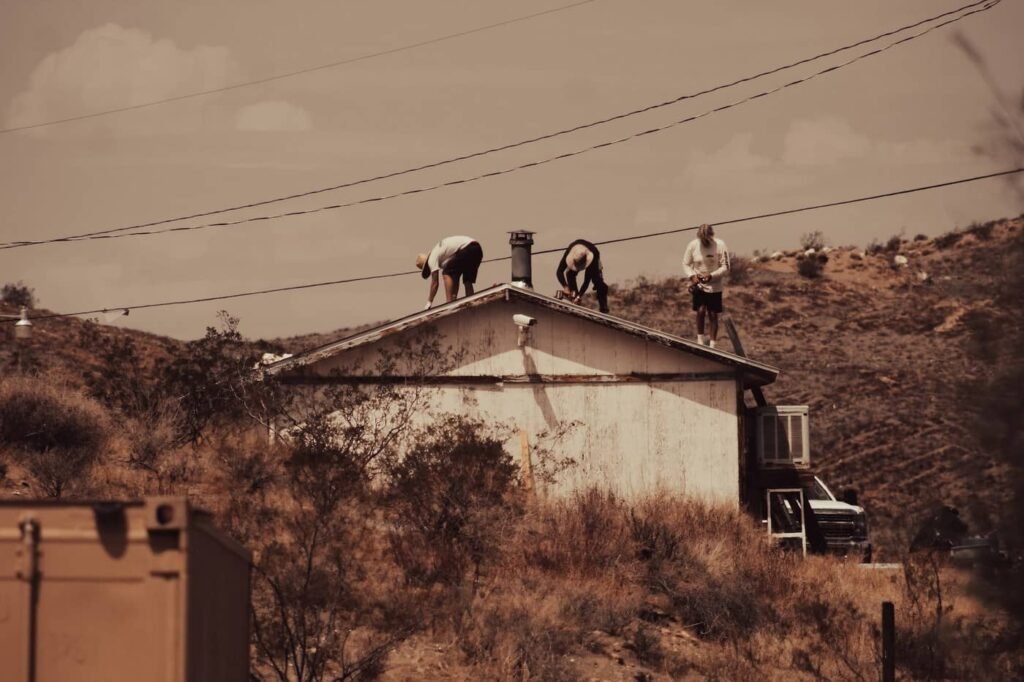Preventing chimney dangers is crucial to ensure the safety of your home and avoid potential hazards. Here are some essential steps to help you prevent chimney dangers:
- Regular chimney inspections: Schedule professional chimney inspections at least once a year, preferably before the start of the winter season. A qualified chimney sweep will assess the condition of your chimney, identify any issues, and recommend necessary repairs or maintenance.
- Cleaning the chimney: Regular chimney cleaning is essential to remove creosote buildup, which can lead to chimney fires. Hire a professional chimney sweep to clean your chimney thoroughly. Creosote is a highly flammable substance that accumulates as a byproduct of burning wood or other fuels.
- Install a chimney cap: A chimney cap acts as a protective barrier, preventing debris, animals, and birds from entering your chimney. It also helps prevent downdrafts and sparks from escaping, reducing the risk of fire.
- Maintain proper ventilation: Ensure that your chimney and fireplace have adequate airflow. Poor ventilation can lead to the buildup of dangerous gases, such as carbon monoxide. Make sure the damper is fully open when using the fireplace and consider installing carbon monoxide detectors near your fireplace and sleeping areas.
- Proper use of the fireplace: Follow safe practices when using your fireplace. Use dry and seasoned firewood to reduce the production of creosote. Avoid burning trash, cardboard, or other materials that can release harmful gases or cause excessive creosote buildup. Never leave a fire unattended, and ensure the fire is fully extinguished before leaving the room or going to bed.
- Maintain a clear area around the fireplace: Keep the area around the fireplace clear of flammable materials, such as furniture, curtains, or decorations. Maintain a safe distance between the fire and any combustible objects.
- Install smoke and carbon monoxide detectors: Install smoke detectors on every level of your home and near sleeping areas. Additionally, consider installing carbon monoxide detectors near your fireplace and sleeping areas to alert you in case of a gas leak.
- Educate family members: Teach everyone in your household about fireplace safety. Make sure they understand the potential hazards and how to respond in case of an emergency, such as a chimney fire or carbon monoxide leak.
- Promptly address any issues: If you notice any signs of chimney problems, such as cracks, loose bricks, or water leaks, address them promptly. Contact a professional chimney sweep or a qualified mason to assess and repair the issues before they worsen.
By following these preventive measures, you can significantly reduce the risk of chimney dangers and maintain a safe and enjoyable fireplace experience.






